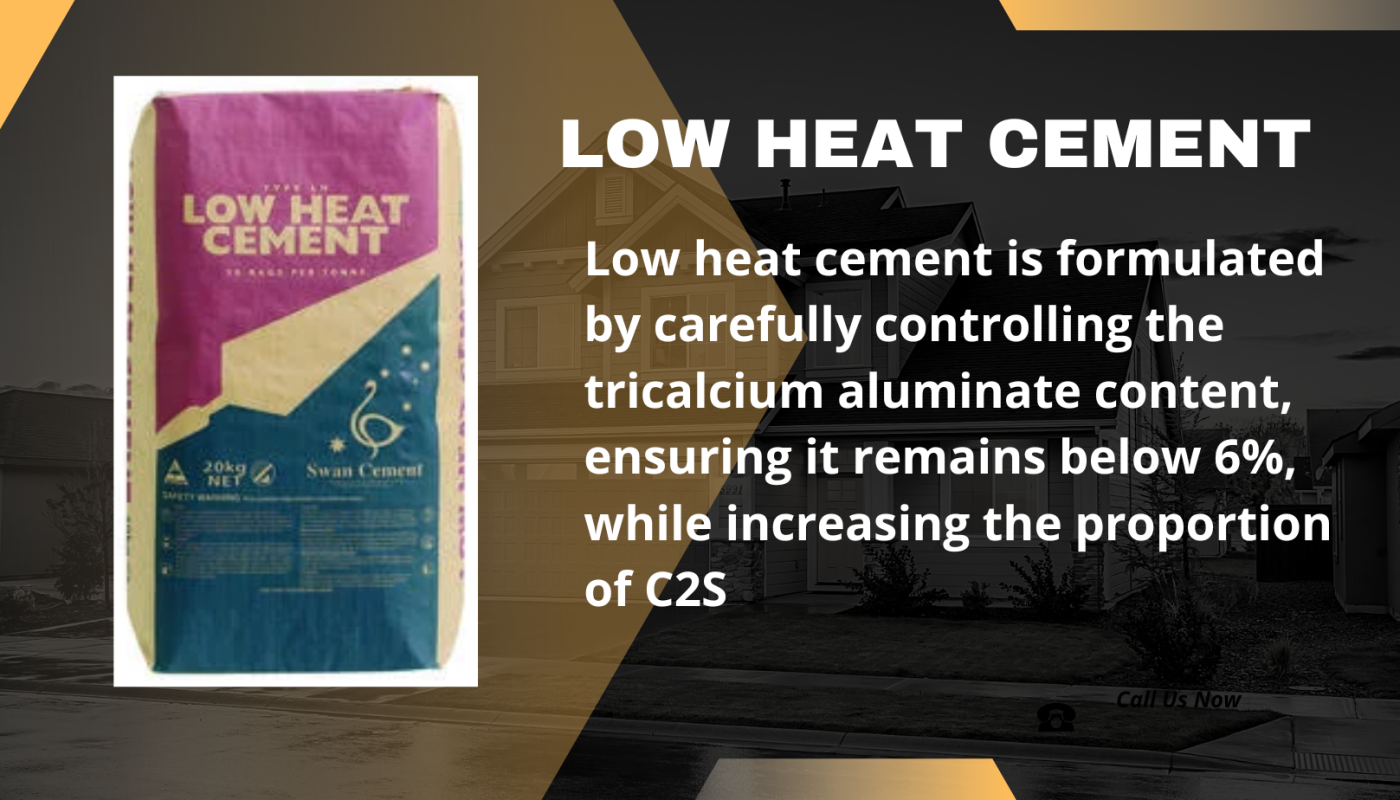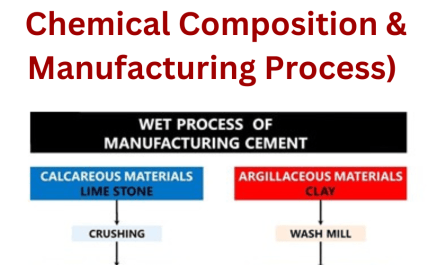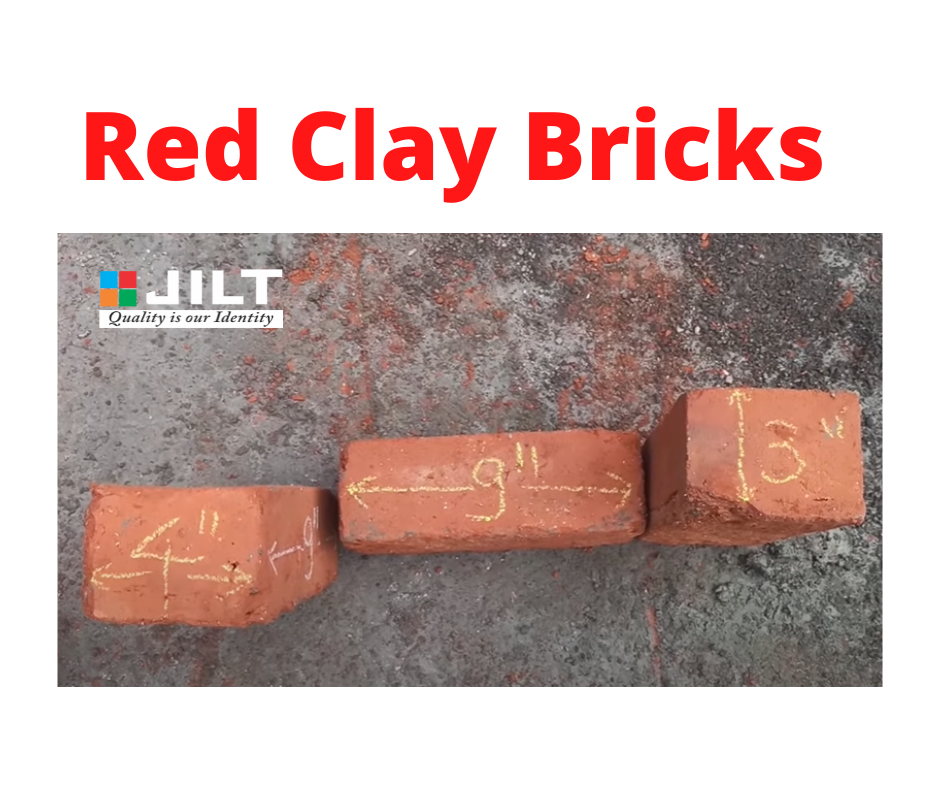LOW HEAT CEMENT
Definition:
Low heat cement is formulated by carefully controlling the tricalcium aluminate content, ensuring it remains below 6%, while increasing the proportion of C2S. The deliberate adjustment of these components results in concrete that exhibits a reduced heat of hydration. This characteristic renders low heat cement particularly suitable for applications in mass concrete constructions such as gravity dams, where the risk of concrete cracking due to excessive heat is a concern.
Furthermore, low heat cement offers enhanced resistance to sulphates and demonstrates reduced reactivity compared to Ordinary Portland Cement (OPC). Its initial setting time is notably prolonged, contributing to greater flexibility in construction schedules and processes.
Recognized as Low Heat Portland Cement (LHC), this specialized cement variant is engineered to mitigate the heat generated during the hydration process. Hydration, the fundamental chemical reaction between cement and water that forms the binding agent in concrete, is thus managed more effectively with low heat cement, aligning with the requirements of various construction projects.

key features :
1.Heat Reduction: The primary characteristic of LHC is its ability to generate lower heat during hydration. This is achieved by modifying the composition of the cement clinker, typically by reducing the amount of tricalcium aluminate (C3A) and increasing the proportion of dicalcium silicate (C2S) and tricalcium silicate (C3S). The reduction in C3A content reduces the heat of hydration, making it more suitable for massive concrete pours and structures where heat buildup can lead to cracking and thermal stress.
2.Mass Concrete Applications: Low Heat Cement is particularly useful in large-scale concrete constructions, such as dams, foundations, and massive concrete structures. The slower heat generation during hydration helps in minimizing the risk of thermal cracking, which can occur when temperature differentials develop within thick concrete elements.
3.Delayed Strength Development: As a trade-off for reduced heat, LHC may exhibit slower early strength development compared to OPC. However, it eventually achieves comparable long-term strength.
4.Durability: Low Heat Cement offers similar long-term durability and strength characteristics to OPC, making it a reliable option for critical concrete structures.
5.Blending: LHC can be used in combination with other types of cement, such as OPC or Portland Pozzolana Cement (PPC), to optimize the heat generation and strength development based on the specific requirements of the construction project.
6.Curing: Adequate curing is essential for Low Heat Cement, as with any other type of cement, to ensure the development of the desired strength and durability.



